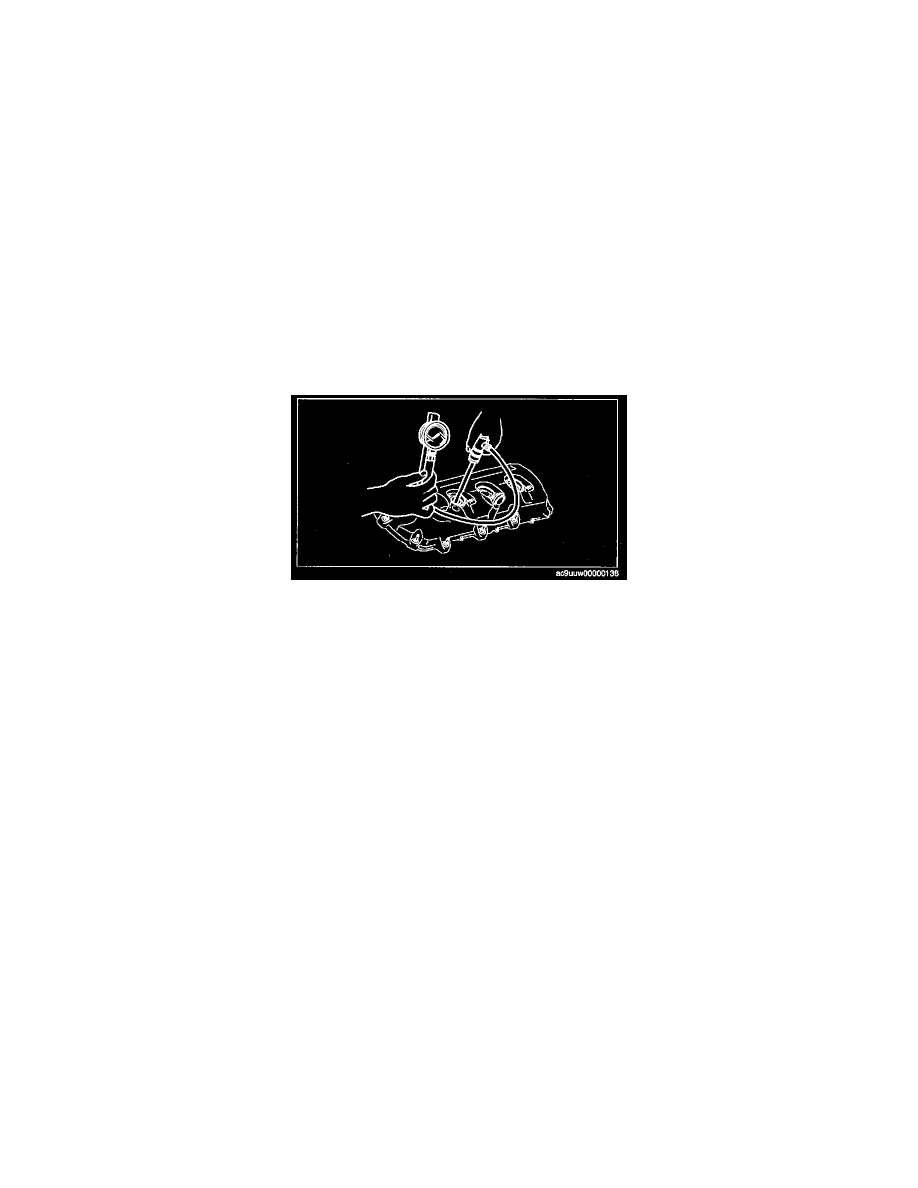CX-9 AWD V6-3.7L (2008)

Compression Check: Testing and Inspection
COMPRESSION INSPECTION [MZI-3.7]
Warning
^
Hot engines and oil can cause severe burns. Turn off the engine and wait until they are cool.
^
Fuel vapor is hazardous. It can very easily ignite, causing serious injury and damage. Always keep sparks and flames away from fuel.
^
Fuel line spills and leakage are dangerous. Fuel can ignite and cause serious injures or death and damage. Fuel can also irritate skin
and eyes. To prevent this, always complete the "Fuel Line Safety Procedure". (See BEFORE SERVICE PRECAUTION [MZI-3.7].)
See: Fuel Delivery and Air Induction/Service Precautions/Vehicle Damage Warnings/Before Service Precaution
1. Verify that the battery is fully charged.
^
Recharge it if necessary.
2. Warm up the engine to the normal operating temperature.
3. Perform "Fuel Line Safety Procedure". Leave the fuel pump relay removed. (See BEFORE SERVICE PRECAUTION [MZI-3.7].) See: Fuel
Delivery and Air Induction/Service Precautions/Vehicle Damage Warnings/Before Service Precaution
4. Remove the engine cover.
5. Remove the dynamic chamber and throttle body as a single unit.
6. Remove the ignition coils.
7. Remove the spark plugs.
8. Measure the compression pressure using the following procedure.
1) Connect the compression gauge into the spark plug hole.
2) Crank the engine a minimum of five compression strokes and record the highest reading.
Note
^
Note the approximate number of compression strokes required to obtain the highest reading.
3) Repeat the test on each cylinder, cranking the engine approximately the same number of compression strokes.
4) The indicated compression pressures are considered within specification if the lowest reading cylinder is within 75% of the highest reading.
Refer to the compression pressure limit chart.
^
If the compression in one or more cylinders is low or the compression difference between cylinders exceeds the maximum, pour a small
amount of clean engine oil into the cylinder and recheck the compression.
- If the compression increases, the piston, the piston rings, or cylinder wall may be worn and overhaul is required.
- If the compression stays low, a valve may be stuck or improperly seated and overhaul is required.
- If two adjacent cylinders indicate low compression pressures, and squirting oil on the piston does not increase compression, the head
gasket may be leaking between cylinders. Engine oil and/or coolant in the cylinders could result from this condition.
Compression Pressure Limit Chart
